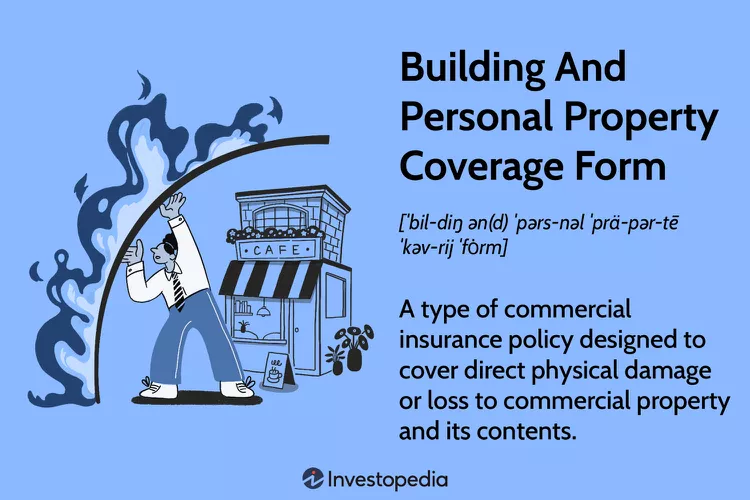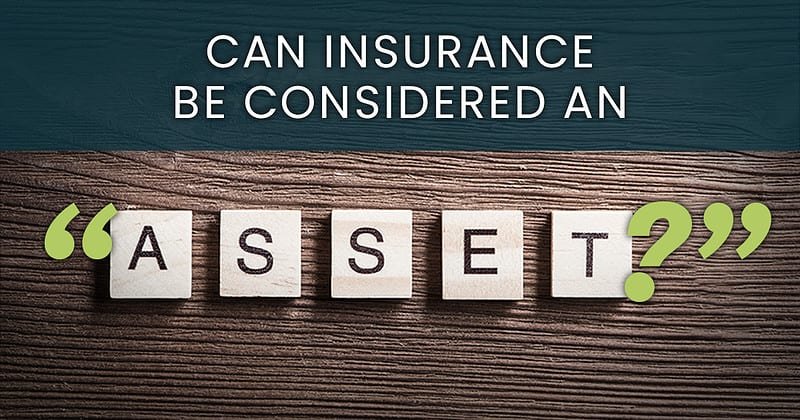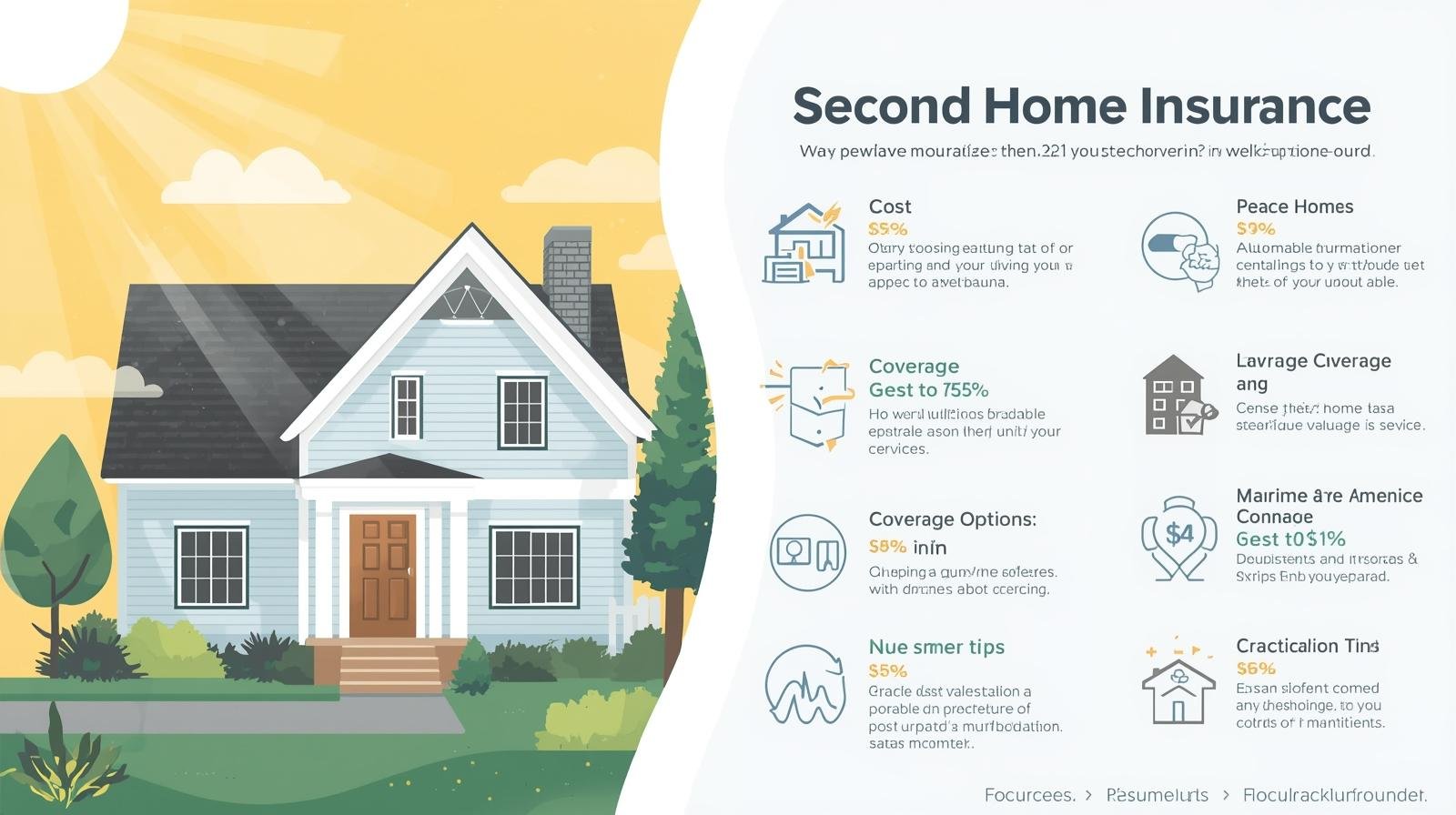
The life insurance claims process involves the steps you need to take to get a payout (benefit) from a life insurance policy after the insured person passes away. Here’s a simple breakdown.
Notify the Insurance Company
- What to do: Contact the insurance company as soon as possible. Provide the policy number if you have it.
- Why: This starts the process of filing the claim.
Gather Necessary Documents
- Main documents needed:
- Death Certificate: Official proof of the insured person’s death (obtainable from local authorities).
- Claim Form: Provided by the insurance company; you’ll fill it out with details of the insured and beneficiary.
- Policy Document: Sometimes needed to confirm details of the insurance plan.
Submit the Claim
- How: Send the documents (online, mail, or in person, depending on the insurer’s process).
- What to expect: The insurer will review the documents to ensure everything is accurate and complete.
Insurance Company Reviews the Claim
- What happens:
- The insurer verifies the cause of death to ensure it aligns with policy terms.
- They might request additional information (e.g., medical records or police reports) if the claim involves unusual circumstances.
Receive the Payout
- How long it takes: Typically, payouts are processed within 30-60 days if all documents are in order.
- What you get: The beneficiary receives the agreed-upon amount, either as a lump sum or structured payments, depending on the policy.

Tips:
- Double-check the policy terms: Some causes of death (e.g., suicide within the first two years of the policy) might not be covered.
- Stay organized: Keep copies of all submitted documents.
- Contact customer service: If there are delays or complications, reach out to the insurer for clarification.
Read Also: Why is Auto Insurance Important
Term Life Insurance
Term life insurance is a type of life insurance that provides coverage for a specific period, or “term,” and pays a benefit to your beneficiaries if you pass away during that time. It’s one of the most straightforward and affordable forms of life insurance.
Term life insurance is a cost-effective, simple way to ensure your loved ones are financially protected if something happens to you. It’s ideal for people who need temporary coverage for a specific period, such as until children are grown, debts are paid off, or retirement savings are sufficient. However, if you outlive the policy, you won’t receive any benefits, so it’s important to plan ahead if you think you might need coverage beyond the term.
How Term Life Insurance Works
- Policy Duration: You choose a term length, typically ranging from 10 to 30 years. The most common terms are 10, 20, and 30 years.
- Premiums: You pay regular premiums (monthly or annually) for the duration of the term. These premiums are generally fixed, meaning they won’t change during the term.
- Death Benefit: If the insured person dies within the policy term, the beneficiaries receive a payout (death benefit), usually tax-free. The payout amount is chosen when you take out the policy and can range from a few thousand dollars to millions.
- No Payout if You Outlive the Term: If you outlive the policy term, there is no payout, and the coverage ends. However, some policies offer a “renewal option,” allowing you to extend coverage after the term ends (though at a higher premium).
Pros of Term Life Insurance
- Affordability: Term life insurance is often the most affordable type of life insurance because it provides a death benefit with no cash value or investment component.
- Simplicity: It’s easy to understand. You pay premiums for a term, and your beneficiaries receive a death benefit if you die during that period.
- High Coverage for Lower Premiums: Term life allows you to purchase higher coverage for a lower premium compared to permanent life insurance policies.
- Customizable Terms: You can choose the term length that best suits your needs (e.g., until your children are financially independent or your mortgage is paid off).
Cons of Term Life Insurance
- No Cash Value: Unlike permanent life insurance policies, term life has no cash value or investment component. The policy only provides a death benefit.
- Expiration: If you outlive the term, you lose the coverage, and there’s no payout. You may also face higher premiums if you want to renew.
- Limited Lifespan of Coverage: If your health changes over time, you may not be able to get new coverage after the term ends or face significantly higher rates.







Leave a Reply